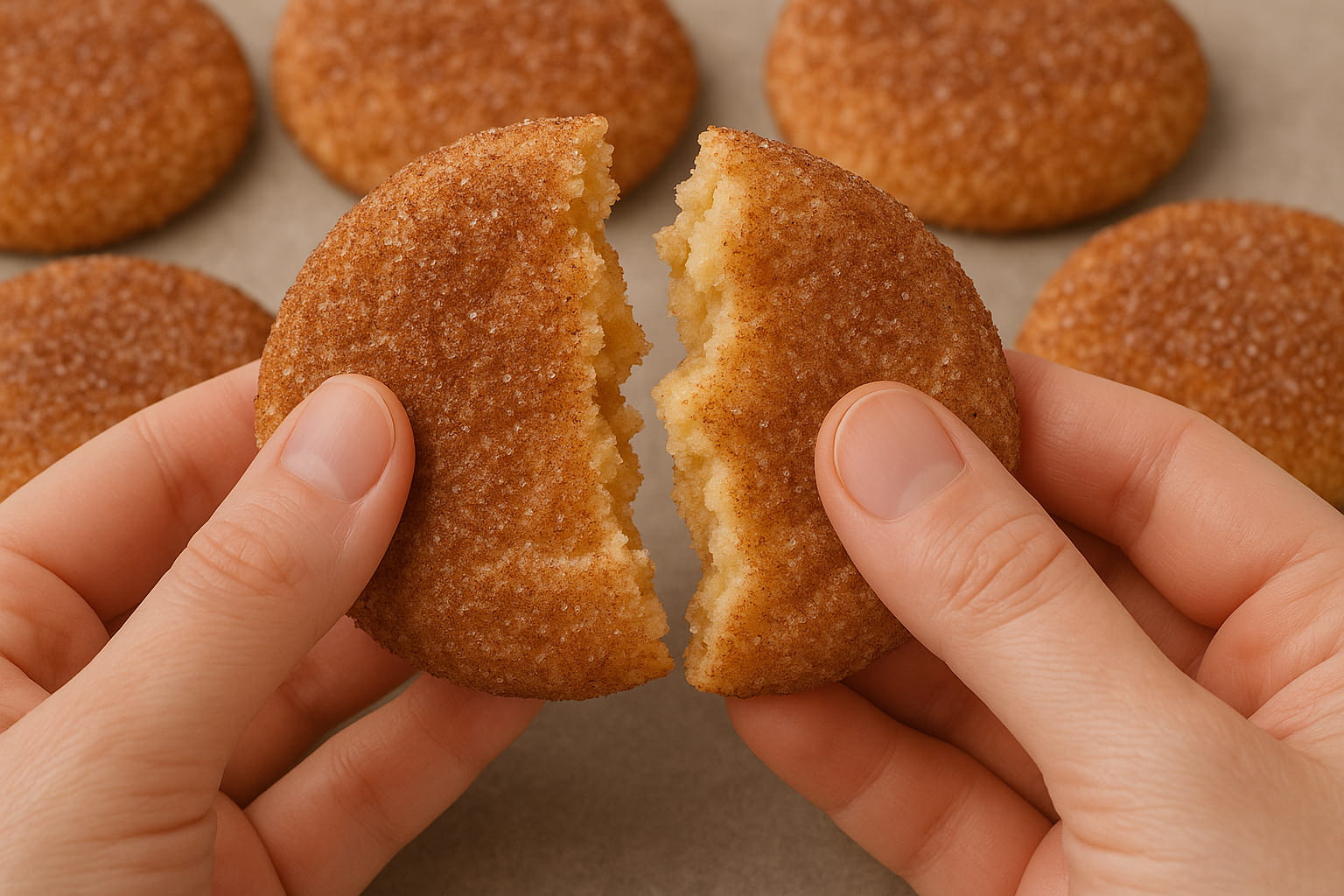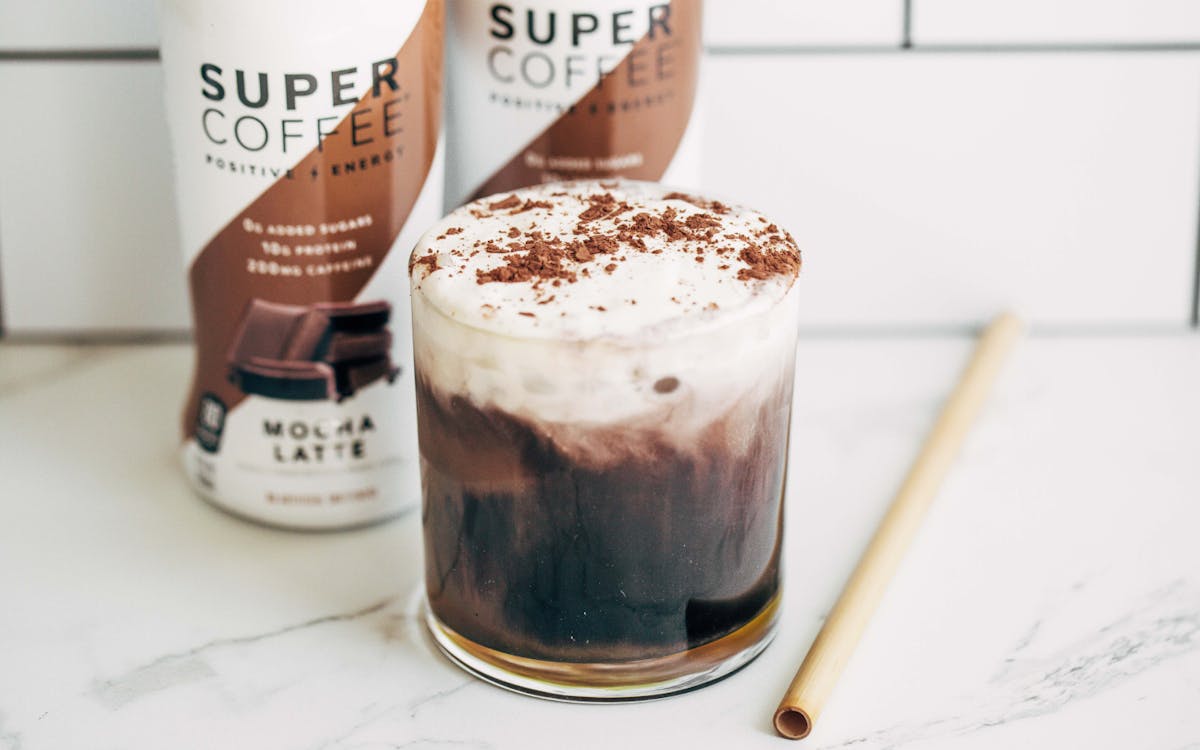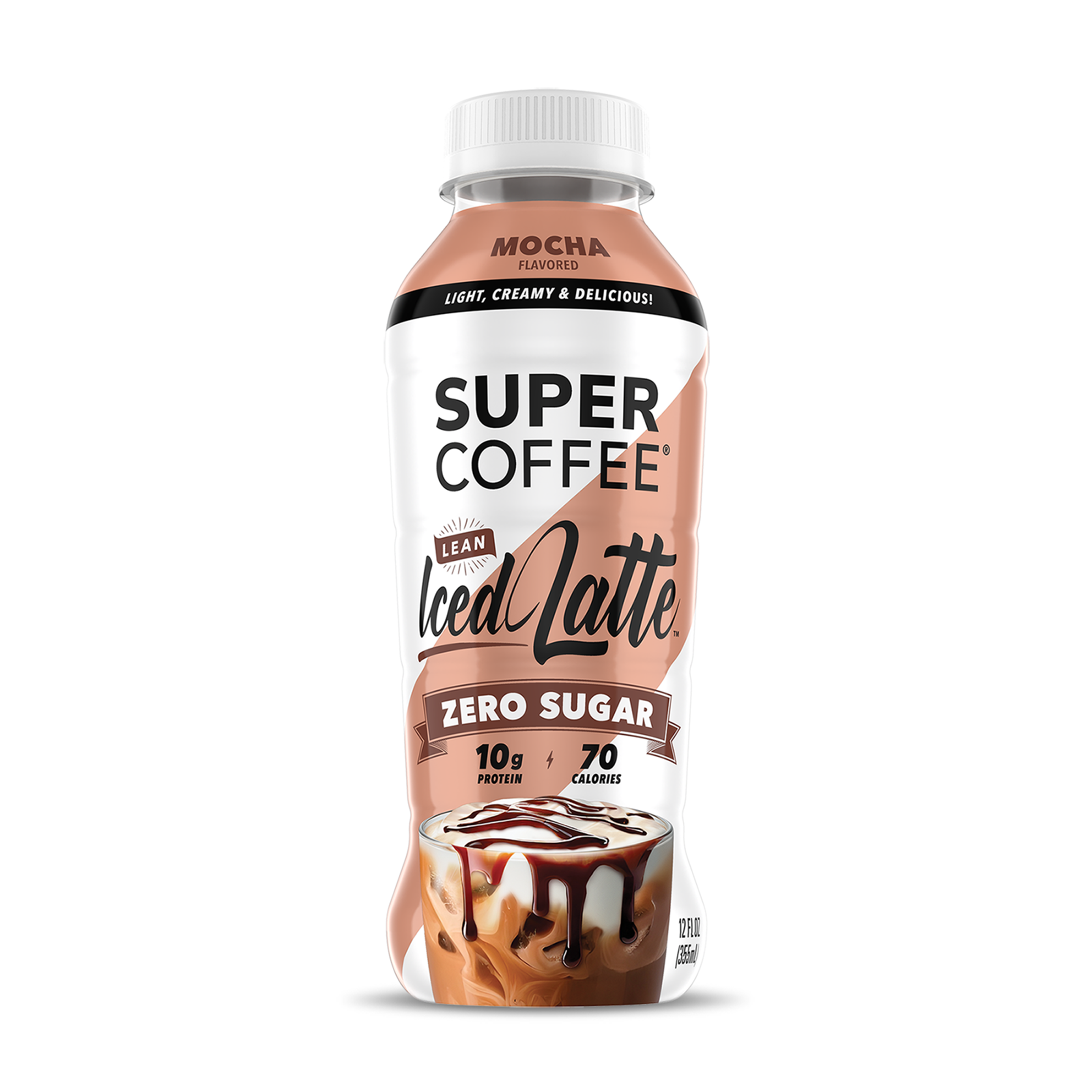Your cart is empty
You’re most likely to give up on a new project shortly after starting it.
Unfamiliarity with something new inevitably leads to frustration. When you’ve only invested a small amount of time and effort at the start of the project, it’s tempting to simply say “this is too hard” and move on to something else.
That’s certainly true for dieters. Giving up many of your favorite foods or cutting down on how much you eat can be an incredibly challenging adjustment. The adjustments needed to follow a low-carb, high-fat keto diet are certainly difficult for many people, even if the benefits may include a lower body weight (1), lower blood pressure and lower risk of heart disease (2).
The last thing a new keto dieter needs is another obstacle placed in their way as they are dramatically changing what they eat.
Enter the keto flu.
There’s Really a Keto Flu?
Keto Flu?
Unfortunately there is, at least for the majority of those starting keto.
A ketogenic eating plan forces the body to make major metabolic changes in order to switch into fat-burning mode. Most people’s bodies, unfortunately, do it kicking and screaming. Common symptoms experienced during the change-over are very much like those of the ordinary flu: fatigue, soreness, irritability and headache are among them.
The name that’s been given to this collection of symptoms is the keto flu. It generally lasts only a few days, until the body has completely adapted to its new energy source.
But if you’re not prepared for it, the keto flu can cause you to throw up your hands and say “That’s it – I’m giving up.” Keto is generally safe – but the flu isn’t fun.
When you know what to expect, it’s much easier to make it through the keto flu so you can experience the weight loss and health benefits associated with a ketogenic diet. There are even ways to minimize the flu’s severity and how long it lasts.
Here’s your guide to dealing with the keto flu (sometimes called the carb flu). It starts with understanding the big metabolic changes necessary for the keto diet to be effective, and how they can affect your life.
How a Keto Diet Works
On a keto diet you dramatically reduce the number of carbohydrates (basically grains and starches) that you eat.
That’s not simply intended to cut out the calories associated with bread, pasta, cake and soda. In fact, most of those calories are replaced by eating a lot more fat than you would on a normal diet.
There’s a scientific reason to follow a low-carb diet: it forces the body into the metabolic state known as ketosis. (Keto diet…ketosis…get the picture?)
The body needs energy to function, of course, and it normally gets that energy by burning the carbohydrates we eat. That produces the sugar called glucose, and the body uses glucose as its everyday fuel.
When following an ultra-low-carbohydrate diet like keto, though, the body is basically starved of the carbohydrates it needs – and it has to find a different fuel source in order to survive.
What it does is burn stored fat and convert it into molecules called ketone bodies, or ketones for short. The body is able to function just fine using ketones instead of glucose as fuel, so it continues to burn stored fat unless more carbs are added back into the diet.
The metabolic state in which the body runs on ketones is known as ketosis, and achieving ketosis is the goal of ketogenic eating. (3)
Symptoms of the Keto Flu
We’ve mentioned several of the keto flu’s most-common symptoms, which usually begin shortly after you start on keto and can last a few days or more. (You can experience similar symptoms if you try intermittent fasting, too.) Exhaustion and headaches aren’t the only symptoms you may suffer when starting a ketogenic diet; the complete list of possible symptoms may seem overwhelming at first. (4)(5)(6)
But it’s important to remember that they usually only last a few days, few people experience all of them, there are ways to mitigate them or shorten their duration – and some new dieters who are already in good physical shape don’t experience the keto flu at all.
Possible keto flu symptoms:
- Weakness and low energy levels
- Fatigue
- Muscle soreness or muscle cramps
- Irritability
- Sleep disruptions
- Headache
- Dizziness
- Brain fog
- Diarrhea or constipation
- Nausea and/or vomiting
- Sugar cravings
- Stomach pain
- Body rash
None of these side effects are long-term problems for most who follow a ketogenic diet, and as we’ll discuss shortly, easing most of the symptoms isn’t difficult.
But why do they happen? Read on.
What Causes the Keto Flu?
The keto flu is one of the major signs that the body is switching over from normal, carb-burning mode to ketosis, when it using ketones as its primary energy source. But medical experts aren’t exactly sure why the body reacts the way it does while entering ketosis.
What they do know is that a number of metabolic changes take place when the supply of carbs dries up, seemingly explaining many of the symptoms that new keto dieters experience.
- First, the pancreas releases a hormone called glucagon. (7) Glucagon tells the liver to begin converting the body’s limited store of unused glucose (which is called glycogen) and amino acids into energy. That process can lead to a small loss of muscle mass, which partially explains the weakness associated with the keto flu.
- The liver then begins producing ketones in two steps. First it breaks down stored fat into fatty acids and glycerol, and then it turns the fatty acids into ketones through a process called ketogenesis. (8)
- Meanwhile, the glycerol is converted into relatively-small amounts of glucose (in a different process known as gluconeogenesis) to maintain blood sugar levels, and to feed liver and red blood cells which are unable to survive on ketones. (9) That complicated series of changes takes an average of three days to be completed – the average length of the keto flu.
- That’s not all. Glycogen binds to water molecules, so when the body burns it, that water is released. And since carbs normally store much of the body’s retained water, a drastically-reduced carb intake means there’s more excess water than normal to expel as urine (or sweat). Add in the fact that ketones act as a mild diuretic, and you have frequent urination and potential dehydration. That explains more of the keto flu’s symptoms – as well as the initial rapid weight loss common on keto, which is really a loss of water weight.
- Here’s another factor. Fewer carbs means the pancreas doesn’t have to produce as much insulin as it used to. When insulin levels are lower, the kidneys release sodium. (10) It’s expelled in urine, and other important electrolytes like potassium and magnesium go with it. Decreased electrolyte levels are believed responsible for some of the keto flu’s symptoms like headaches, muscle cramping and difficulty sleeping.
- Thyroid hormones are involved, too. When you reduce carbohydrate intake, your thyroid gland produces fewer of the hormones which regulate body functions like metabolism and temperature. (11) As the hormone levels slowly adjust, one temporary effect can be fatigue and even cognitive difficulty. At the same time, all of the major metabolic changes can cause release of the stress hormone cortisol, possibly explaining the irritation and sleep problems that often accompany the carb flu.
- Finally, it takes a few days for the brain to adjust to running on ketones instead of glucose. That can be another reason people experience the brain fog sometimes associated with the keto flu.
Two more symptoms of the keto flu are due to the big changes in the way the body creates and processes energy. However, they can last longer than just the few days before you achieve ketosis.
One issue is stomach pain or discomfort. It can be caused by the dramatic dietary changes associated with a keto meal plan, which affect the gut biome. (12) The pain almost always eases over time.
The other, believe it or not, is bad breath. But it’s actually a good sign, because it means you’re entering or have reached ketosis. The odor is caused by the ketone known as acetone, and you may recognize the smell as similar to the scent of nail polish remover. It can last throughout the time that you’re on the keto diet. (13)
How long does the keto flu last? Usually for only a few days after starting the keto diet, but some people find that it can take a week or even longer before the symptoms completely disappear. If the issues linger, it’s often because the dieter hasn’t properly followed keto guidelines and their body is having trouble achieving or maintaining ketosis. If you experience a long-lasting case of the keto flu, it pays to review what you’re eating to be sure you’re maintaining the proper fat and carb intake levels.
Knowing that the symptoms of the keto flu don’t last long doesn’t make it easier to endure them. What does help is providing your body with tools that can short-circuit the process and reach ketosis more quickly.
Keto Flu Remedies
If you experience symptoms of the keto flu, there’s no magic button you can push to make them go away. Common sense steps help drastically, though; many keto dieters say these simple remedies can turn days of symptoms into a single day, and occasionally just hours.
Hydration and Electrolytes
You probably guessed one of the most important steps to ease the keto flu while reading the previous section: drinking plenty of water. Staying hydrated is crucial while enduring the flu, particularly since you’re urinating so frequently.
It’s also important to replace the sodium and other minerals being excreted in your urine. Being sure to salt your food can help with the sodium loss. However, many of the foods that normally supply potassium, like potatoes, beans and fruit are off-limits on the keto diet. Good alternate sources of potassium are avocado, mushrooms and leafy green vegetables. (14) Almonds, seeds and leafy greens are a good way to get extra magnesium. (15) You can also try commercially-available mineral supplements if desired.
Drinking bone broth is a good alternative to water, because it can also help with electrolyte replenishment. It can also help you retain the lean muscle mass often at risk during the first few days of keto. Avoid liquid electrolyte supplements, though, because they usually contain sugar that’s antithetical to the diet’s principles.
The first step to take whenever you’re starting the keto diet and feel tired, dizzy, nauseous or have a headache? Drink a glass of salt water (using half-a-teaspoon of salt). You’ll often feel better in half an hour.
Stay Calm and Don’t Push It
We’ve already mentioned the effects of cortisol, the stress hormone that can make you feel out of sorts while you’re trying to get into ketosis. Staying calm, getting plenty of rest, and skipping strenuous exercise until you’ve made it through the keto flu will prevent the release of extra cortisol, making the symptoms easier to take.
Meditation and low-intensity exercise (like walking), on the other hand, can help you deal with the keto flu and start the fat-burning process. If a slow, enjoyable walk still tires you out, you’re probably dehydrated or low on electrolytes.
Pay Attention to Fat
When starting any diet, it’s human nature to try to cut down on fat consumption (or the amount of food you eat). On keto it’s not just unnecessary, it’s counter-productive.
Food cravings are often associated with the keto flu. The primary reason people experience those cravings is that they’re not eating enough high-quality fat, which is needed to replace the calories eliminated by cutting carb intake. If your symptoms include nausea, vomiting or cramps, try altering your diet to temporarily replace coconut oil, palm oil or butter (medium-chain triglycerides, or MCTs) with olive oil (a long-chain triglyceride).
You can lessen the symptoms of the keto flu by eating enough of the right keto diet foods. That includes consuming the proper amount of good fats, but not too much protein. If that still doesn’t help, cutting carbs out of the diet more slowly could be the best alternative; a dietitian may worth consulting.
Keto Supplements
If you do much reading about the ketogenic diet, you’ll see plenty of mentions of (and ads for) keto supplements called exogenous ketones. They supposedly jumpstart the process of reaching ketosis and staying there, and reports on their effectiveness are mixed. Some claim that they’re a good way to get into ketosis quickly. (16) But others say that supplying extra ketones to the body actually prevents the body from making enough ketones on its own to keep the body in a state of ketosis. (17)
In any case, they’re definitely not a good choice for dealing with the keto flu. First of all, ketone esters are the type of exogenous ketones that show the best results for those already in ketosis – but that’s not what you buy online when you purchase a keto supplement. Companies sell ketone salts, which aren’t the same and aren’t as effective.
A much better choice, if you’re having trouble getting into ketosis or dealing with a lingering case of the keto flu, is a supplement known as MCT oil. It helps the body produce its own ketones, known as endogenous ketones. Combined with magnesium and potassium supplementation, lots of hydration and lots of rest, even the worst case of keto flu is easily defeated – and real weight loss can begin.
Blog posts

Cold, creamy and delicious - This chocolatey cold brew recipe is the perfect treat to kickstart your morning! The Recipe Chocolate Cream Cold Brew Prep Time: 1 minutes Cook Time: 5 minutes Ingre...

Indulge in the warm embrace of autumn with Pumpkin Spice Snickerdoodles - soft, spiced, and utterly irresistible! The Recipe Pumpkin Spice Snickerdoodles Prep Time: 10 minutes Cook Time: 1 hour ...

Low Carb Berries & Cream Waffles
These low carb/low sugar waffles are delicious, wonderfully crispy on the outside, and fluffy on the inside. You can also double batch and freeze for easy weekday breakfasts. Featuring our almost-...

This may be the most fun latte recipe we’ve tried yet! With gooey & decadent black chocolate drizzle and a thick layer of creamy French Vanilla, just one sip of this iced latte will transport ...

Strawberry Sprinkle Keto Coffee Recipe
Nutritional Info Calories: 274 Fat: 26.7g Carbs: 5.7g Protein: 4.5g Sugar: 2.1g Ingredients 3 strawberries, sliced. 3-4 tbsp heavy cream or half & half. Enough ice to fill a glass. 1/2 cup S...

8 Healthy Coffee Recipes That Are Better Than Starbucks
There’s no question about it. Coffee is good for you. Those who don’t like black coffee, of course, commonly add milk, cream and sugar – even if that also means adding calories, fat or carbs to the...





